
Copernical Team
Virgin Galactic launches first commercial spaceflight
 Virgin Galactic successfully commenced commercial spaceflights on Thursday, marking a major milestone for the company founded in 2004 by British billionaire Richard Branson.
Its inaugural customers were a three-member crew from the Italian Air Force and National Research Council of Italy, alongside a Virgin Galactic astronaut instructor occupying the fourth seat.
Named Galactic 01, t
Virgin Galactic successfully commenced commercial spaceflights on Thursday, marking a major milestone for the company founded in 2004 by British billionaire Richard Branson.
Its inaugural customers were a three-member crew from the Italian Air Force and National Research Council of Italy, alongside a Virgin Galactic astronaut instructor occupying the fourth seat.
Named Galactic 01, t Media session from ESA’s 316th Council in Sweden
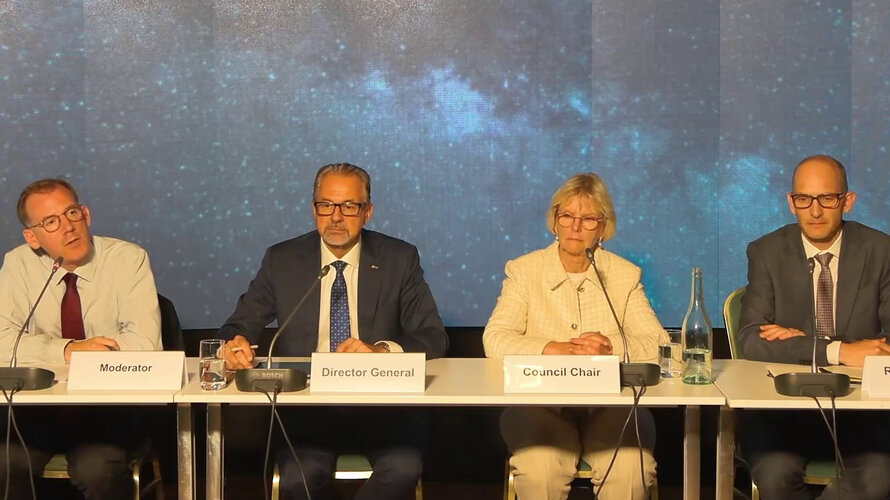 Video:
00:46:06
Video:
00:46:06
Watch the replay of the media briefing following the 316th ESA Council which takes place on 28 and 29 June in Stockholm. ESA Council Chair Anna Rathsman (Sweden) and ESA Director General Josef Aschbacher will share the outcome of the meeting and provide an update on the launch of new ESA Earth observation missions, upcoming astronaut missions, the Space Summit planned for 6-7 November 2023 in Sevilla (Spain), as well as the decision on the public release of official ESA documents.
Developing future space experiment platforms for astrobiology and astrochemistry
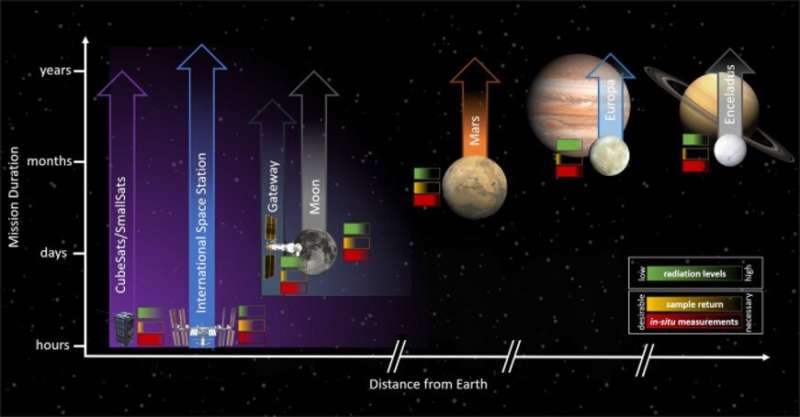
The long history and bright future of space sample deliveries
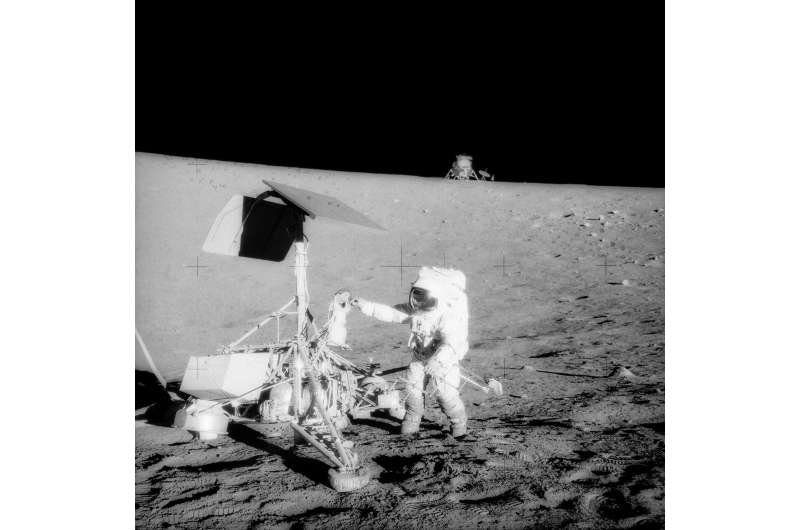
When NASA's OSIRIS-REx spacecraft releases a capsule with material from asteroid Bennu onto the Utah desert on Sept. 24, it will become the latest in a line of missions to gather samples from space and deliver them to Earth. Collecting material from space is a challenging feat that requires teams of dedicated scientists and engineers, innovative technology, and patience. But the scientific breakthroughs these samples unlock make the effort worthwhile as we attempt to understand the origins of our planet and the life that thrives here.
Euclid space telescope to shed light on the darkness
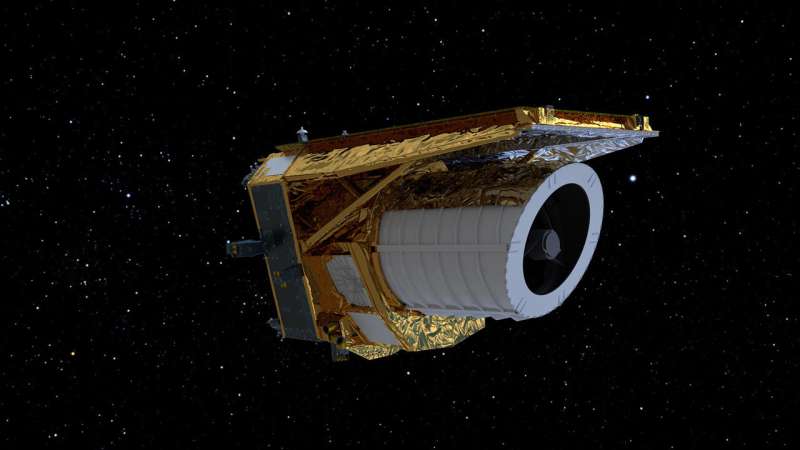
On 1 July, the Euclid space telescope will start its journey into outer space on an important mission—to seek further clues about the origin of the universe. UZH researchers are involved in the scientific preparation and evaluation of the mission as part of a project led by the European Space Agency (ESA).
Shining stars, mysterious nebulae and faraway galaxies—images from space fire our imagination and spark fantasies about extraterrestrial life. But the visible matter known to researchers is actually only around 5% of the universe; 95% of the universe is a proverbial black box. Two invisible factors—called dark matter and dark energy—influence the arrangement of objects in space and the expansion of the universe.
Students to solve exploration challenges with ESA
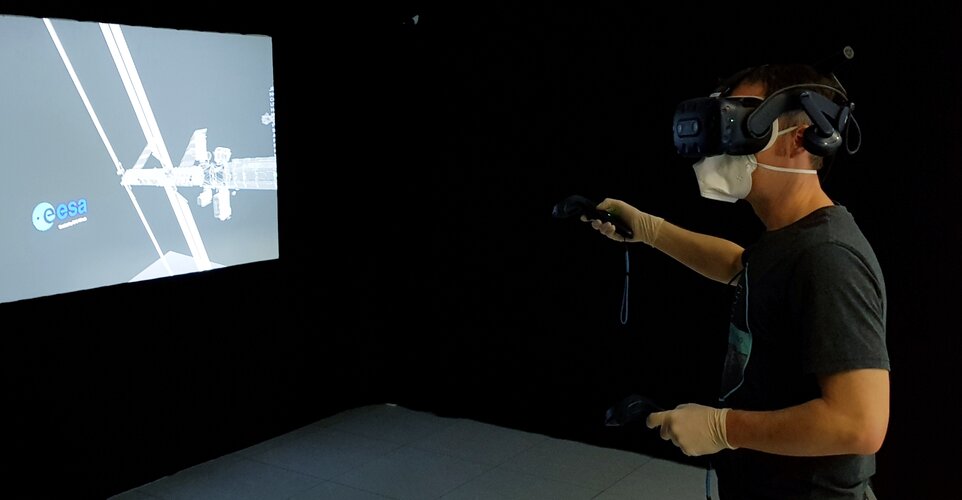
An exciting initiative based at ESA’s facility in the UK will give student researchers the opportunity to quickly investigate key challenges associated with space exploration.
Spacesuit design: Flavio Gentile
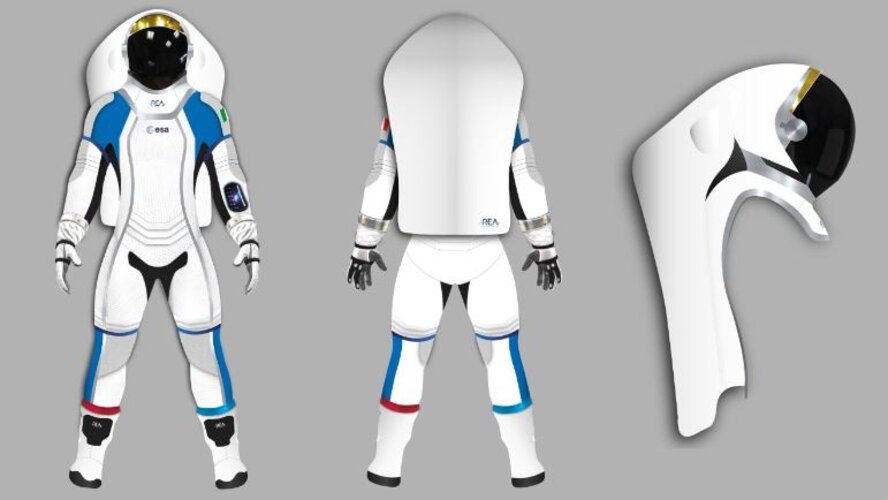 Image:
Spacesuit design: Flavio Gentile
Image:
Spacesuit design: Flavio Gentile Euclid: Ready for launch
 Video:
00:04:20
Video:
00:04:20
ESA’s Euclid space telescope is nearly ready for launch. The spacecraft arrived in Florida on 30 April for final tests and checks, and now being integrated with the SpaceX Falcon 9 rocket that will carry it into space.
For the team at ESA’s European Space Operations Centre (ESOC) in Darmstadt, Germany, this means that the most intense phase of their work is about to begin. To prepare themselves, the team has simulated the launch operations, tackling issues ranging from team members falling ill to a computer mouse being taped over.
Euclid is ESA’s space telescope designed to explore the
Precision deployer to put Hera’s CubeSats into asteroid orbit
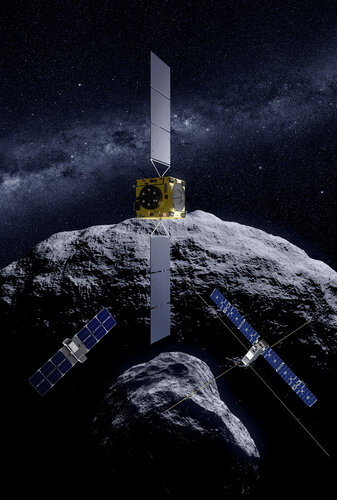
Dutch firm ISISPACE has manufactured more than 600 cereal-box sized ‘CubeSat’ satellites, plus nearly 200 deployment systems used to release them into orbit. Of all of these, the pair of Deep Space Deployers it has overseen for ESA’s Hera asteroid mission for planetary defence have been by far the most challenging. The two systems need to keep their nanosatellite cargo alive and healthy, before releasing them on a precisely staged basis – at a velocity of just a few centimetres per second. Any faster and Hera’s CubeSats would risk getting lost in space.
Maxar and Esri Expand Partnership to Visualize Precision3D in ArcGIS Living Atlas of the World
 Maxar Technologies, a leading provider of comprehensive space solutions and secure, precise geospatial intelligence, has recently declared that its Precision3D data will be made available for visualization in Esri's ArcGIS Online Living Atlas of the World.
Esri, recognized worldwide for its pivotal role in location intelligence, will embed Maxar's Precision3D Digital Surface Model, Digital
Maxar Technologies, a leading provider of comprehensive space solutions and secure, precise geospatial intelligence, has recently declared that its Precision3D data will be made available for visualization in Esri's ArcGIS Online Living Atlas of the World.
Esri, recognized worldwide for its pivotal role in location intelligence, will embed Maxar's Precision3D Digital Surface Model, Digital 
